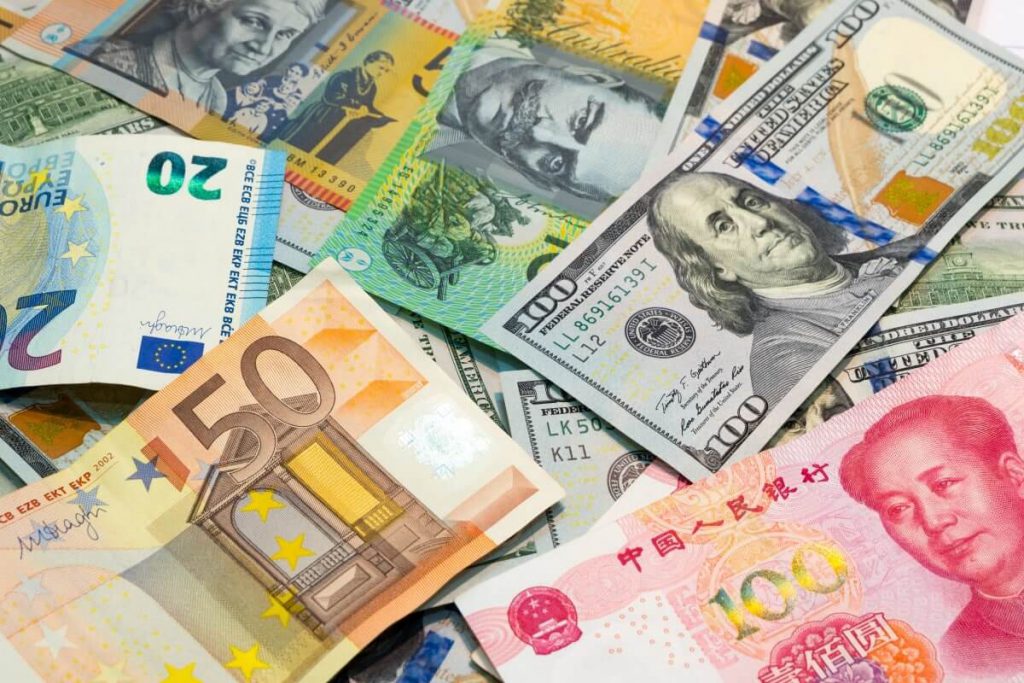
Euro and Sterling soared on Tuesday. What about the dollar?
The euro and the British Pound rallied against the U.S. dollar on Tuesday. Investors contemplated new economic data. U.K. and eurozone job figures came out today, bolstering the European currencies. The Swedish crown also hit high.
On the other hand, the dollar index plummeted by 0.8% to 106.08 during the session. It beefily dropped to its lowest level in three months before recovering. Despite that, the currency still traded in the red.
On Tuesday, the common currency jumped by 0.8% to $1.0406. Before that, it had hit its highest peak since early July. Market participants focused on the German economic sentiment ZEW index. The latter soared in November.
Antje Praefcke, the F.X. Analyst at Commerzbank, noted that the index had plunged low recently due to worries about a deep economic recession over the coming winter. However, the mild start to the winter, along with the well-filled gas stores, prompted analysts to get their hopes up again. They believe that things might turn out better than markets initially thought.
Moreover, new data showed that employment in the eurozone increased in the third quarter. There have been lots of headlines supporting riskier currencies against the greenback – noted Jane Foley, the Head of F.X. strategy at Rabobank in London. She also added that U.S. President Joe Biden’s summit meeting with Chinese leader Xi Jinping indicates that tensions between the two countries may have weakened. In addition, Russia is withdrawing from Kherson in Ukraine. Considering all these, Foley thinks that the forex markets will be in a risk-on mood for the short term. That won’t help the safe-haven dollar, though. The greenback will likely remain low for now.
What about the Swedish crown?
The crown skyrocketed against the U.S. currency today. According to the new data, inflation in Sweden soared less than analysts expected last month. Thanks to the positive news, the currency exchanged hands higher by 1.12% at 10.3795 crowns per USD on Tuesday.
Meanwhile, the British Pound added 1.25%, trading at $1.1906 at last. The currency hit a three-month peak against the greenback. Still, investors are waiting for a tough government budget plan that is due later this week. Fresh data showed that Britain’s unemployment rate unexpectedly jumped, while vacancies dropped for a fifth consecutive report as employers feared the economy.


